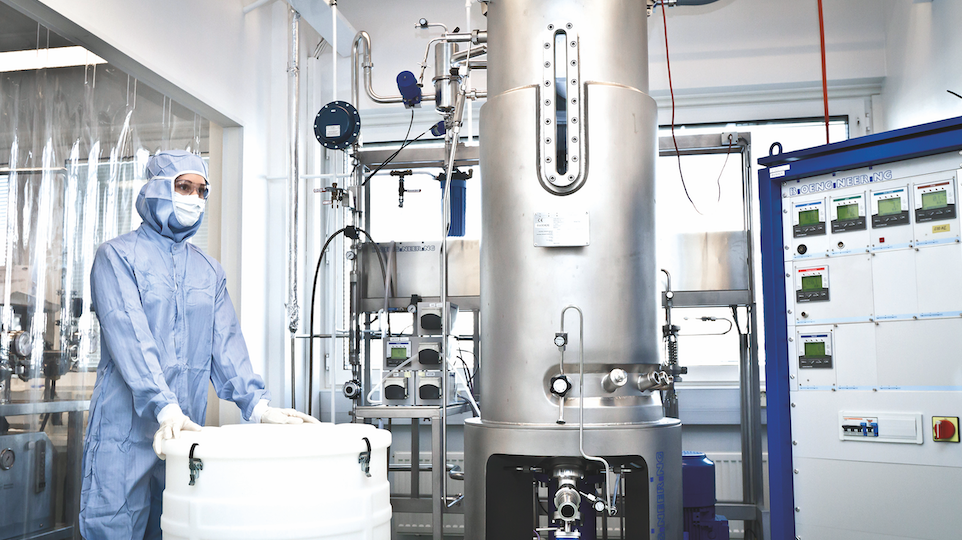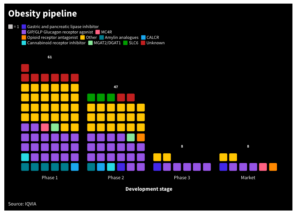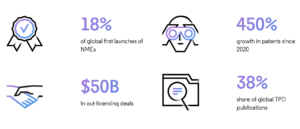
Cells: The heart of Biovian’s rAAV manufacturing
Viral Vectors?Commercial-scale manufacturing demands a high yield of potent rAAV products. Understanding the metabolism during cell growth, especially at high densities, molecular effects of transfection or infection in production is vital. In addition, the choice of producer cell type determines the PTMs of the AAV capsid and potency. Successful trials in tweaking cell factories' genes to boost rAAV particle yields set the direction for further development.
At Biovian, we can manufacture rAAV vectors by introducing AAV components by transfection, infection, or genetic engineering to harness producer cells as nano factories. Different rAAV production systems are characterised by (i) cell line, (ii) culture substrate, and (iii) precursor materials.
Mammalian HEK293, HeLa, and insect Sf9 cells have successfully produced rAAV vectors. However, they differ in what product qualities they gene-rate and how flexible they are across the entire IND development. Early stages of development focus on therapeutic effect, efficacy, or specificity. Later clinical phases force a change of scale with a predictable outcome, simple production procedure, and stable behaviour of cells. High requirements of up to 10¹?-10¹? vg per patient and the current most popular HEK293 platform limit of 10¹? vg/L after purification urges the field to seek process improvements. Understanding the delicate dynamics of reciprocal cell-virus interplay is a prerequisite for process optimization. Search spans from design-of-experiments’ rational-based wet lab work to mathematical modelling. Fundamental differences exist in how the metabolism shift occurs when we use transfection or infection as a mode of AAV manufacturing. In the former, metabolic reduction is observed, leading to protein production. In the latter, infection activates a plethora of metabolic processes. Therefore, identifying the critical cellular processes affected by culture conditions and viral pre-sence will aid in resolving the limitations in production.
Metabolomics and manufacture
The essential goal in Biovian’s AAV manufacturing process is maintaining metabolic homeostasis. Excessive changes in the cellular metabolic state impede viral vector production. Process upscaling increases the overall nutrient deployment, oxygen consumption, and the accumulation of metabolites. Proteomics profiling of AAV-producing cells shows activation of gene clusters responsible for cell growth, proli-feration, differentiation, defence response mechanisms, and glycerophospholipid, riboflavin metabolism involved in energy production. Moreover, cell model-related differences in PTMs, ITR sequences, and DNA methylation patterns affect vector potency and safety in vivo.
Innovative technologies, such as cell line engineering, have been deployed to leverage cell performance. Trials improving tolerance over metabolic waste products, such as lactate and ammonia, blocking endocytosis, modulating apo-ptosis-triggering signalling and cell cycle pathways enhance the production efficiency. Alternatively, boosting intracellular nutrient and precursor deployment for rAAV particle production might offer another solution for high-yield needs.
This article was originally published in European Biotechnology Magazine Winter Edition 2022.


 IQVIA
IQVIA White House
White House Clarivate
Clarivate